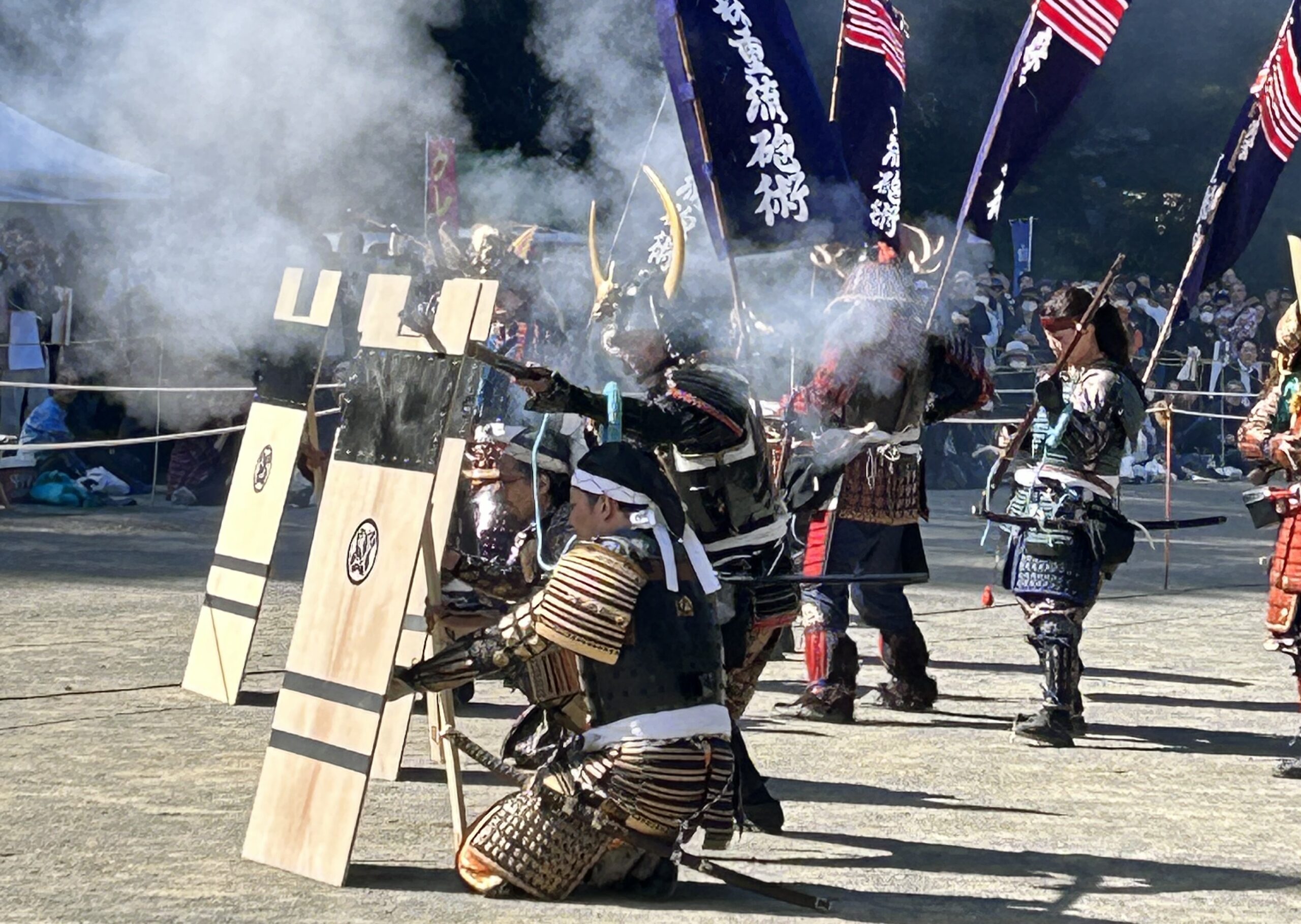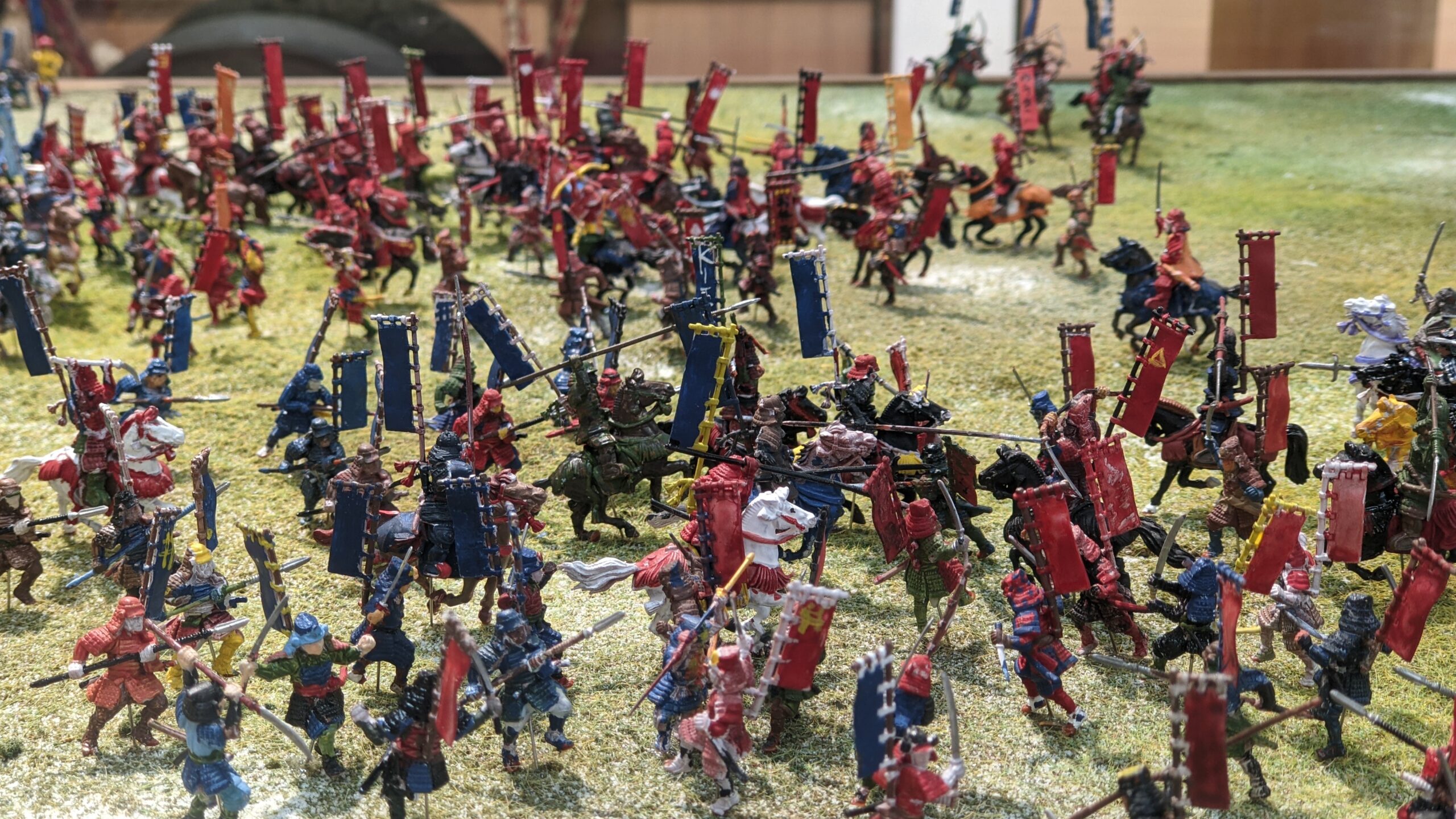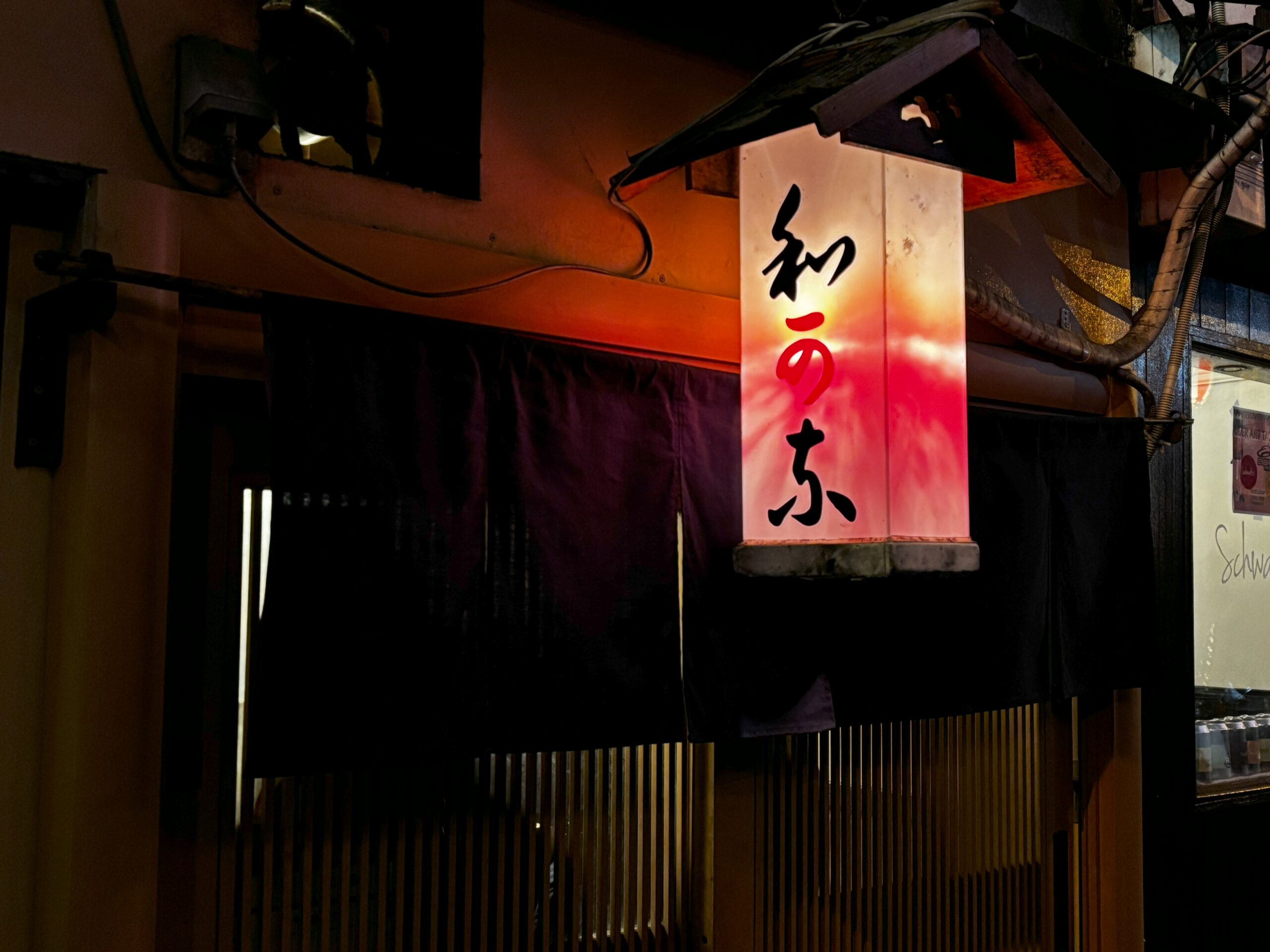Learning the Spirit of Samurai
This rare experience, held in a traditional Japanese home and guided by a master of ancient Japanese martial arts, offers far more than just the thrill of cutting with a real sword.
Dressed in a hakama (traditional martial arts attire), holding an authentic sword from the samurai era, and receiving hands-on instruction from a master, you’ll be immersed in the living world of the samurai.
Famed not only for wielding the world’s sharpest blades, but also for their profound philosophy of life and death, the samurai upheld discipline, strength, and dignity, regardless of wealth or rank.
As you take each swing, you’ll feel the humility born from rigorous training and glimpse the essence of bushido—the inner strength and code of honor that helped shape the spirit of Japan.
We’d like to provide more than a lesson. It’s the beginning of a spiritual journey rooted in ancient tradition.
* Your participation also contributes to the preservation of this Japanese legacy.














































